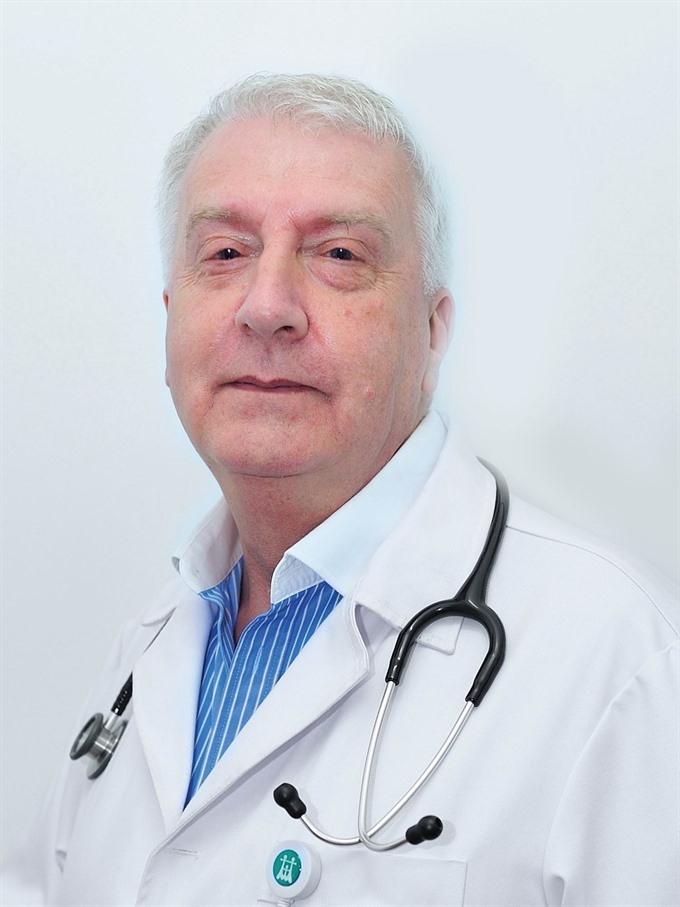 Life & Style
Life & Style

Sexually transmitted infections (STIs) are mostly acquired by sexual contact. The organisms that cause sexually transmitted diseases may pass from person to person through blood, semen or vaginal and other bodily fluids. STIs commonly (but not exclusively) include Human Papilloma Virus (HPV), chlamydia, herpes, gonorrhoea and, less frequently, HIV and syphilis. Occasionally, STIs can be transmitted non-sexually too, such as from mother to infant during pregnancy or childbirth.
 |
| Dr. Brian. — Photo courtesy of Family Medical Practice Hanoi |
By Dr Brian*
Sexually transmitted infections (STIs) are mostly acquired by sexual contact. The organisms that cause sexually transmitted diseases may pass from person to person through blood, semen or vaginal and other bodily fluids. STIs commonly (but not exclusively) include Human Papilloma Virus (HPV), chlamydia, herpes, gonorrhoea and, less frequently, HIV and syphilis. Occasionally, STIs can be transmitted non-sexually too, such as from mother to infant during pregnancy or childbirth.
STIs can have a range of symptoms, sometimes including no symptoms at all. Some of the signs that might indicate an STI include:
The symptoms may appear a few days after exposure and sometimes after many years. If you think you may have been exposed to an STI or are experiencing any of the above symptoms, get tested/screened immediately.
Factors increasing the risk of transmission of STIs
Having unprotected sex. Vaginal or anal penetration by an infected partner who does not use a latex condom significantly increases the risk of STI. Oral sex may be less risky, but infections can still be transmitted without a condom.
Sexual contact with multiple partners. The more people you have sexual contact with, the greater your risk.
The presence of one STI makes it much easier for another STI to be transmitted.
Substance abuse (alcohol) can cloud your judgment, making you more likely to participate in risky behaviour.
Sharing of needlescan spread many serious infections, including HIV, hepatitis B and hepatitis C.
Age: Fifty per cent of STIs occur in people between the ages of 15 and 24.
Screening
As many people in the early stages of an STI experience no symptoms, screening for STIs is important to prevent complications.
Untreated STIs can manifest weeks or even years later as:
Prevention
Here is how to avoid or reduce your risk of sexually transmitted infections:
* Living in Hà Nội since 2006,
For more advice on any medical topics, visit Family Medical Practice (FMP) Hà Nội at: 298, I Kim Mã, Ba Đình. Tel: (024) 3843 0748. Email: hanoi@vietnammedicalpractice.com.
FMP’s downtown Hồ Chí Minh City location is: Diamond Plaza, 34 Lê Duẩn, District 1; 95 Thảo Điền St, Dist 2. Tel: (028) 38227848. Email: hcmc@vietnammedicalpractice.com
FMP Đà Nẵng is located at 96-98, Nguyễn Văn Linh St, Hải Châu Dist, Đà Nẵng. Tel: (0236) 3582 699. Email: danang@vietnammedicalpractice.com




